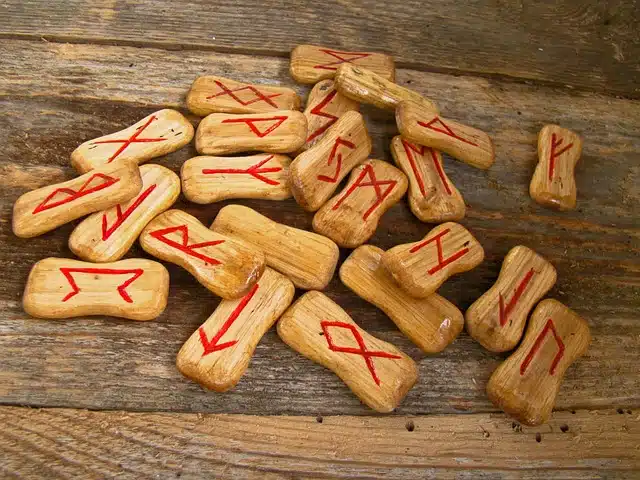
Idolaters and polytheists were mentioned as pagans in ancient times.
The term pagan comes from the Latin pagānus , meaning “villager” . It is an adjective used to refer to polytheists and idolaters , and to any infidel who was not baptized .
The concept began to be used by Christians in the 4th century to name those who rejected monotheism and the Holy Scriptures . On the contrary, pagans used to believe in more than one god and carried out rituals and veneration practices that were rejected by Christians and Jews as they were considered idolatries (the worship of an image).
Pagans, polytheism, pantheism and animism
When talking about paganism, it is important that we know that there are a series of concepts that are closely linked to it. This would be the case of polytheism, pantheism and animism.
Polytheism is the religious doctrine that believes in several gods. Pantheism is what is based on the fact that God is everything. And finally there is animism, which is based on the fact that spirits are part of objects, whether animate or inanimate.
It is believed that the word pagan began to be used in the religious sphere in relation to the practices of worship of the gods that were maintained in rural life when the cities had already converted to Christianity.

There are different kinds of pagan ceremonies and rituals.
Different types of rituals
Some pagan rituals are preserved today, either combined with Christian beliefs or through the defense and revaluation of other cultures . The Day of the Dead in Mexico is one of these examples.
It should be noted that, to a certain point, all the rituals of Christianity are based on some pagan rite since they were established at times when attempts were made to convert pagans and, therefore, their practices were maintained with modifications. There are those who claim that even Christmas was fixed on the calendar according to a pagan rite (of sun worship).
Pagans today
In the same way, we cannot ignore the fact that in recent times the term neopaganism has emerged. It is a word that is used to define the entire group of spiritual movements that are based on existing religions that are defined as being polytheistic. Specifically, we can state that it is structured or divided into four clearly delimited fields: pagan reconstructionism, traditional witchcraft, syncretisms and Wicca.
The latter we can establish that it is a neo-pagan religion that emerged in England in the early stages of the 20th century that is based on the figure of the sorcerer and that has the pentacle among its most important symbols.
Other uses of the term
The dictionary of the Royal Spanish Academy (RAE) recognizes another use of the term pagan: the adjective can also be applied to the person who pays, generally due to abuse, fault or other people's accounts.
All this without forgetting that in the Spanish autonomous community of Asturias the term pagan is used with another meaning. Specifically, in said land this concept is referred to to refer to the wild chestnut tree, that is, it acts as a synonym for the word regoldo .
